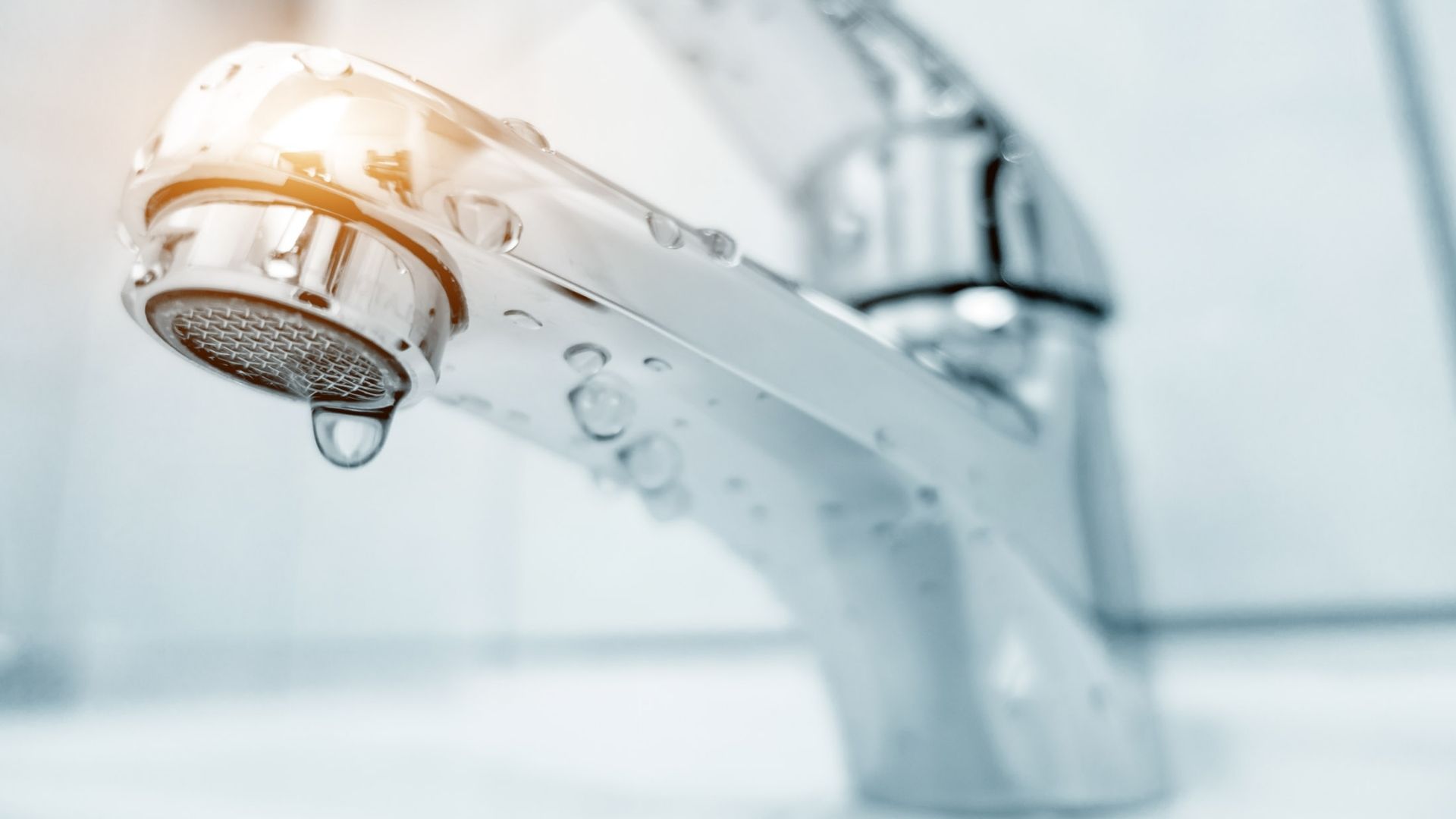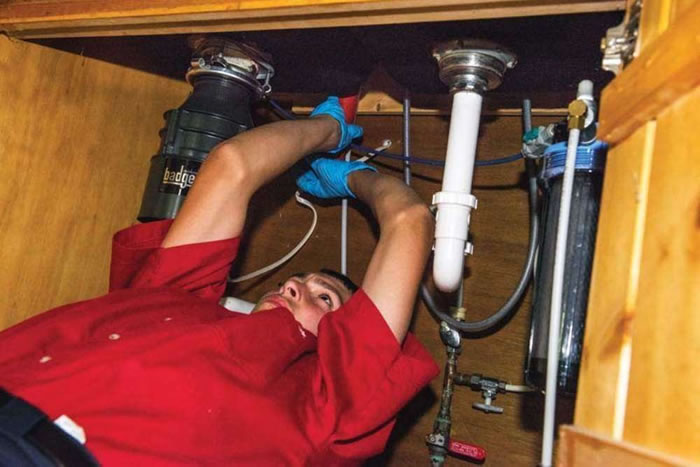This post listed below about 4 Ways to Troubleshoot Low Water Pressure is relatively fascinating. Read on and draw your own results.

Low water pressure in your home can be an aggravating trouble, impacting every little thing from showering to cleaning dishes. If you're experiencing weak water flow, there are numerous feasible causes and solutions to check out. In this overview, we'll talk about usual factors for low water pressure and sensible actions to resolve the issue successfully.
Intro to Low Tide Stress
Low tide pressure occurs when the circulation of water from your taps, showers, and various other components is weaker than usual. This can make daily tasks a lot more difficult and less reliable. Recognizing the sources of low tide stress is critical to locating the appropriate remedy.
Usual Sources Of Low Water Pressure
Pipe Obstructions
Gradually, pipes can come to be blocked with natural resource, sediment, or particles, restricting the flow of water. This is a typical issue in older homes with galvanized steel pipelines.
Corrosion
Deterioration within pipelines can cause leaks and lowered water pressure. Corrosion build-up can restrict water circulation, particularly in maturing plumbing systems.
Faulty Pressure Regulatory Authorities
Pressure regulators are in charge of preserving consistent water stress in your house. If they malfunction, it can result in low water stress or uneven flow throughout the house.
Metropolitan Water System Issues
Sometimes, the problem lies outside your home. Local supply of water concerns, such as main line leakages or maintenance job, can temporarily reduce water stress in your area.
Exactly How to Diagnose Low Water Pressure
Checking Faucets and Components
Beginning by evaluating the water pressure at various taps and components throughout your home. If the concern is separated to specific locations, it might suggest localized problems.
Examining Pipes
Evaluate noticeable pipes for indicators of leaks, corrosion, or clogs. Pay attention to any kind of unusual audios, such as banging or rattling pipelines, which could show concerns within the plumbing system.
Consulting with a Plumber
If you're unable to determine the source of low water stress, consider employing a specialist plumber to conduct a thorough assessment. They can recognize underlying concerns and recommend proper services.
Do It Yourself Solutions to Deal With Low Water Pressure
Cleansing Aerators and Showerheads
Mineral deposits can collect in aerators and showerheads, decreasing water circulation. Get rid of and cleanse these parts frequently to enhance water pressure.
Flushing Water Heater
Sediment buildup in the water heater can limit circulation and minimize performance. Flushing the tank regularly helps remove sediment and preserve ideal performance.
Examining Stress Regulator
Make sure that the pressure regulatory authority is working correctly. Changing or replacing the regulatory authority can help recover correct water pressure throughout your home.
Cleaning Clogs in Pipes
For small obstructions, try making use of a plumbing snake or chemical drain cleaner to clear blockages in pipelines. Beware when using chemicals and comply with safety and security guidelines.
When to Call an Expert Plumber
If do it yourself initiatives fail to resolve the issue or if you think substantial plumbing troubles, it's ideal to look for assistance from an accredited plumber. They have the expertise and tools to resolve complex problems securely and effectively.
Preventive Measures to Preserve Water Pressure
Routine Maintenance
Set up routine upkeep for your plumbing system to prevent problems such as corrosion, leaks, and obstructions. Addressing minor issues early can help prevent even more substantial repair work later on.
Installing a Pressure Booster
Think about installing a stress booster pump to improve water pressure in areas with constantly low flow. This can be specifically beneficial for multi-story homes or properties with high-demand components.
Tracking Water Use
Bear in mind water use habits and prevent ill-using the plumbing system. Easy adjustments, such as staggering showers and laundry lots, can aid maintain sufficient water pressure.
Final thought
Managing low tide stress can be frustrating, but recognizing the underlying reasons and carrying out ideal remedies can recover optimum circulation throughout your home. Whether it's cleaning up aerators, checking pipes, or seeking advice from a plumber, taking aggressive steps can guarantee a steady supply of water for your day-to-day requirements.
FOUR WAYS TO FIX LOW WATER PRESSURE NOW
Turning on a shower or faucet only to find the water comes out in a sad, slow drizzle is never a good feeling. How exactly are you supposed to wash a pan or take a quick shower when it takes 10 minutes just to rinse off a little soap? The good news is that when your water pressure is bad, there's always a cause: typically one that can be easily fixed. Here are some of the most common causes of low pressure and what you can do to fix the issue:
DEBRIS AND MINERAL DEPOSIT BUILDUPS
If you notice low water pressure from just one or two of the fixtures in your house, the problem likely has to do with debris buildup. Water is full of minerals and other debris, all of which can accumulate in your pipes and on your fixtures. This can cause a blockage that affects how much water flows through. To fix this, try filling a small plastic bag with white vinegar, and use a rubber band to hang it around your showerhead or faucet. Let the head of the fixture soak for a few hours, and the vinegar should loosen the deposits.
WATER LEAKS
Leaks are another common cause of low water pressure. If water is flowing out of your plumbing through a hole or crack before it can reach your fixture, the pressure coming out of the faucet or showerhead will be lower. A plumbing professional is your best bet for finding and repairing a leak in your water supply pipes.
Leaks are another common cause of low water pressure. If water is flowing out of your plumbing through a hole or crack before it can reach your fixture, the pressure coming out of the faucet or showerhead will be lower. A plumbing professional is your best bet for finding and repairing a leak in your water supply pipes.
A VALVE ISSUE
If you have low water pressure throughout your home, check your main shut-off valve to make sure it's completely open. You may also want to see if there's a pressure-reducing valve installed. If there is, have a plumber help you adjust the settings to get the pressure you're looking for.
OTHERS USING WATER
Believe it or not, your low water pressure could be caused by your neighbors. If you notice low pressure at certain times of day, it may be because you and the people living next to you have similar schedules - when everyone is showering at the same time, the pressure will be lower in every home. Low pressure throughout the neighborhood may also be caused by an issue with your municipal water supply. If that's the case, call the supplier to see if they're working on the issue.
https://www.rotorooter.com/blog/water-leaking/low-water-pressure-fixes/

Do you really like reading about Low Water Pressure in the House?? Place feedback directly below. We'd be happy to hear your opinion about this entry. In hopes that you come back again before long. Those who enjoyed reading our article plz be sure to pass it around. We appreciate reading our article about Low Water Pressure in the House?.
Website
Comments on “Useful Tactics for Addressing Low Water Pressure in Your Home”